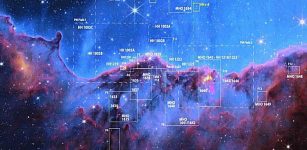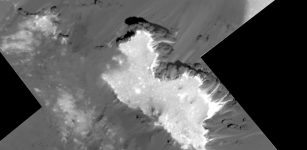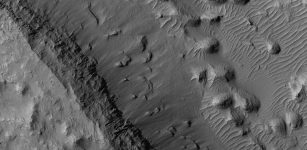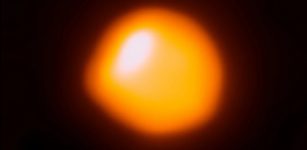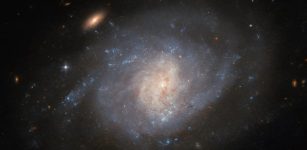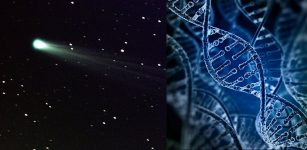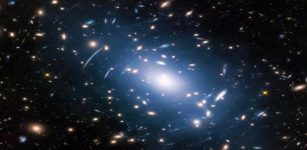Rosette Nebula In Constellation Monoceros And Its Puzzling Center
MessageToEagle.com – For decades astronomers have tried to explain the discrepancy between the size and age of the Rosetta Nebula’s central cavity and that of its central stars.
The size and age of the cavity observed in the center of Rosette Nebula is too small when compared to the age of its central stars.
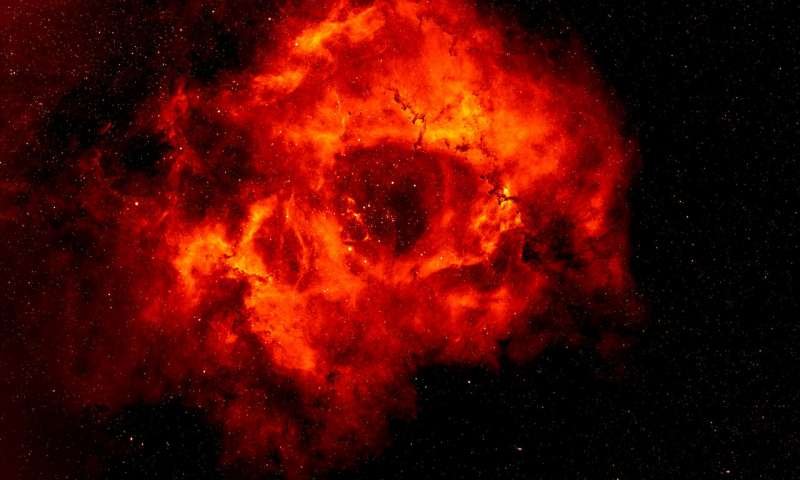
Now, researchers from the University of Leeds, offers an explanation. Through computer simulations, astronomers at Leeds and at Keele University have found the formation of the Nebula. A thin disc-like structure of the cloud focusing the stellar winds away from the cloud’s centre would account for the comparatively small size of the central cavity.
The Rosette Nebula in the Milky Way Galaxy spans about 100 light-years across and lies approximately 5,000 light-years from Earth. It can be seen with a small telescope towards the constellation of the Unicorn (Monoceros).
This giant molecular cloud – known for its rose-like shape and distinctive hole at its center – is likely to be in a thin sheet-like molecular cloud rather than in a spherical or thick disc-like shape, as some photographs may suggest.
“The massive stars that make up the Rosette Nebula’s central cluster are a few millions of years old and halfway through their lifecycle, “ study lead author, Dr Christopher Wareing, said in a press release.
“For the length of time their stellar winds would have been flowing, you would expect a central cavity up to ten times bigger.”
“We simulated the stellar wind feedback and formation of the nebula in various molecular cloud models including a clumpy sphere, a thick filamentary disc and a thin disc, all created from the same low density initial atomic cloud.
“It was the thin disc that reproduced the physical appearance – cavity size, shape and magnetic field alignment — of the Nebula, at an age compatible with the central stars and their wind strengths.”
“To have a model that so accurately reproduces the physical appearance in line with the observational data, without setting out to do this, is rather extraordinary,” Dr Wareing added.
The nine simulations required roughly half a million CPU hours — the equivalent to 57 years on a standard desktop computer.
MessageToEagle.com

